Kayak racks: what buyers need to know for 2024
If you’re a flatwater kayak enthusiast, you’ve probably thought about purchasing your own kayak. Maybe you already own one or have tried out a few rentals from a local paddle shop. Regardless of your status, unless you own a folding kayak, you’ll need is a kayak rack to help you get your gear from your garage to the water.
Let’s take a look at the best kayak racks of 2023 and how to find the one that is right for your needs, vehicle, and kayak gear.
Just a heads-up, this post contains affiliate links that at no additional cost to you, we may earn a small commission.
Types of kayak roof racks
Before starting to choose the best kayak roof rack for your need, you’ll want to understand the different types of kayak roof racks. The majority of kayak racks work in conjunction with permanently affixed roof railings or crossbars that either come with your vehicle or that you can add. There are three major types of kayak roof racks that attach to these and one that doesn’t.
Saddle mounts
This popular Yakima version of roof rack will position your kayak with the deck pointing up while providing good padding. By cradling it above your crossbars, it also prevents unexpected scratches. You load your kayak on these from the back by sliding it forward.
J-Cradle
A J-Cradle is a universal cradle designed to fit with a wider array of kayaks. It holds your kayak at a 45-degree angle, providing more room on your crossbars. These also make it easy to strap the kayak down while providing padding to protect from scratches.
This is a side-loaded mount that can also be used to hold surfboards, canoes, and stand up paddleboards, which is nice if you are a water sport aficionado with a lot of different gear.
Stacker mounts
Stacker mounts are a type of mount that includes a vertical bar. You’ll place the kayaks on their side and attach them to this bar.
While it’s convenient for storing up to four kayaks, it can be quite cumbersome to load and secure them. There is also a potential for damage if your kayaks are not secured properly.
Inflatable or foam racks
If your car doesn’t have crossbars or railings, there is an option for a kayak roof rack without needing to install them. These are known as foam or inflatable racks.
They are secured to your vehicle via nylon straps that circle through your interior. While affordable and easy to remove, they’re not very durable.
So consider if you’re looking to make a long-term investment for a kayak rack (and have ample off-season storage for one) when you’re thinking through the inflatable options.
Kayak racks for pickup trucks
If you have a pickup truck, you’ll want to opt instead for a truck kayak rack. While your truck bed is convenient for hauling many things, the length of a kayak means you’ll need another accessory to transport it properly. When it comes to pick-up truck kayak racks, there are also three major types.
Truck bed racks
These typically mount to the side of your truck bed and provide bars that run across the width of the bed. They are very effective for those wanting a permanent solution (and these racks can double as carrying ladders, etc, so if you need something versatile, truck bed racks can be really useful accessories).
Hitch racks
A hitch rack essentially provides an extension of your truck bed, attaching to your truck’s hitch and providing a crossbar that extends behind your truck to provide the needed stabilization. They are typically the most affordable and convenient but can only handle one kayak.
Also note that these make your truck length extra long, so you’d need to keep that top of mind for driving safety and ensure wherever your parking to launch your kayak boat (whether that’s a marina or a public park) has ample room for your pick-up truck.
Lumber racks
These racks are elevated racks like you would expect to see on a utility truck. They are great for carrying multiple kayaks but are the bulkiest by far. They also typically require drilling holes into your truck bed in order to install them.
What to consider when buying a kayak rack
If you’re ready to purchase a recreational kayak roof rack for your vehicle, there are a number of factors that you will want to consider when it comes to deciding what option to buy. Here are the primary factors.
Kayak size
Kayak size is one of the many factors to think about before you make the jump for a big purchase like a kayak rack. For example, traditional kayaks tend to be wider than ocean kayaks. If you have a wide kayak and want to transport multiple, you’ll likely want to look for a J-cradle roof rack or stacker mount style.
Kayak length
Length is one of the most important considerations when identifying the best kayak rack for you and your gear. Longer kayaks, such as double (tandem) kayaks, will need more stability to transport them safely. This is particularly important for those who own trucks.
Additionally, if you have a long kayak, you’ll want to ensure that the boat’s weight is well-balanced (and heads-up, you may need a kayak permit, depending on your state).
You may also want to select a car roof rack that has lift assist like this one from Thule that allows you to mount it on the side before moving it to the top of the vehicle.
Weight capacity
Obviously, it’s important that you select a kayak roof rack with a weight capacity that can handle the added weight to the vehicle. If you only have one kayak, this should be easy to do. However, if you have multiple kayaks, you’ll want to carefully check this aspect of roof racks.
Additionally, if you’re considering getting a second kayak in the future, plan ahead and purchase a rack that can handle carrying the load and size of multiple kayaks down the road as your outdoor gear collection grows.
Materials
When it comes to picking the best roof rack for your flatwater kayak, you’ll have two major options – aluminum or steel.
Aluminum has a lighter weight and a high resistance to corrosion but is less durable and often more expensive.
Meanwhile, steel is extremely strong and more affordable but can rust if it gets scratches and its weight may clash with your vehicle’s roof rating.
Ease of use
For many people, ease of use is the most important factor to consider. This is particularly true if you’re loading your kayak by yourself. Lift assist systems are often preferred as they simplify the process.
J-cradles are also typically well-liked for efficiency as the kayak sits comfortably in the saddle while being attached. Stacker mounts can be very complicated to load by yourself.
Storage
If you plan to keep your roof rack on your car year-round, this will not be an issue. But if you would prefer to store it during the off-season, you’ll want to consider this.
First, consider the ease of removing your roof rack as well as whether it can be conveniently stored. J-cradles and saddle mounts are both quite easy to store. Roof racks with lift assist are bulkier for storage.
Cost
Cost is important for everyone. Kayak racks can range from $50 to over $900. If you need to purchase crossbars or roof railings for your vehicle, the cost can go up as well. Typically, paying more gets a higher quality product. The options with lift assist technology tend to be at higher price points.
However, you can get quality saddle mount or J-cradle roof racks at the lower end of the price range as well as hitch pickup racks. You don’t need to break the budget to get something that will work.
Summary: overall pros & cons to consider before you buy a kayak rack
Finding the best kayak rack really means finding the one that meets your needs. Here’s the TL;DR for you blog scanners out there:
J-cradle racks are loved for their versatility and ease.
Saddle mounts provide stability but can be difficult to load.
Stacker mounts allow you to carry up to four kayaks but are difficult to use.
Lift assist racks provide the greatest convenience but are expensive.
Hitch truck racks are easy to disconnect and provide stability.
Lumber racks can carry several kayaks but are quite large.
In other words, the best kayak rack is one that meets your needs while having drawbacks you can deal with and still enjoy kayaking without feeling like the trip is a hassle.
Be sure to take a look at the many different models and assessing your needs before making a purchase.
And if the idea of purchasing and using a kayak rack for your car or truck feels like too much to handle either financially or safely, consider a folding kayak option, like the Oru Inlet kayak that we’ve been using for two years.
READ NOW: See photos of Oru folding kayaks in a Winnebago 4x4 Revel RV.
More top viewed Flatwater Kayak Club resource articles:
Learn to how to choose the best kayak for you
Do you need a permit for your kayak? [Pacific Northwest states]
Canoe vs kayak: differences, pros & cons
Top kayak storage ideas: solutions, tips & tricks
Everything you need to know about flatwater kayaking
The best time to buy a recreational kayak
Best accessories for kayaking - here’s what you need
See photos of the folding Oru Inlet kayak in the trunk of a small SUV

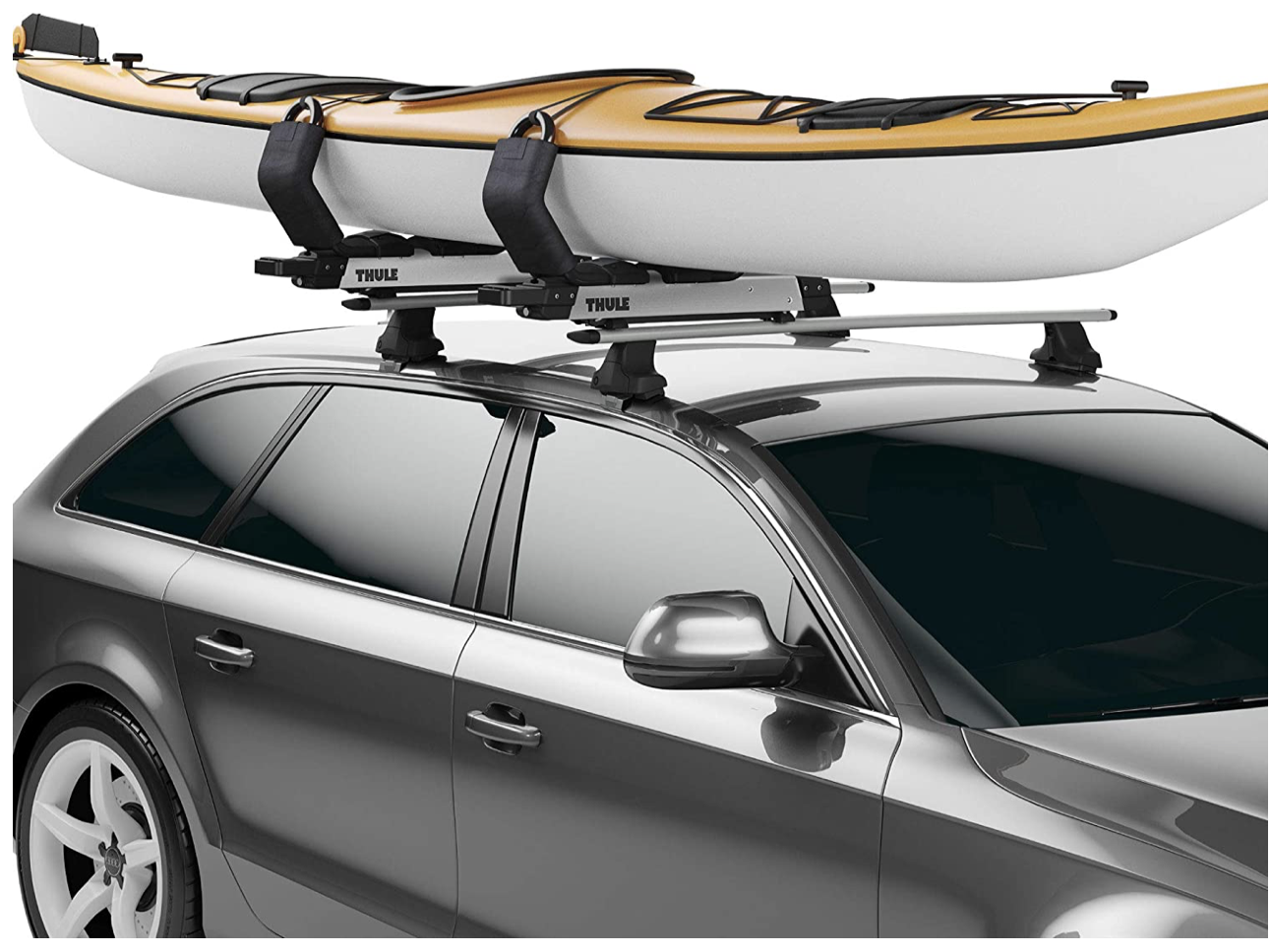



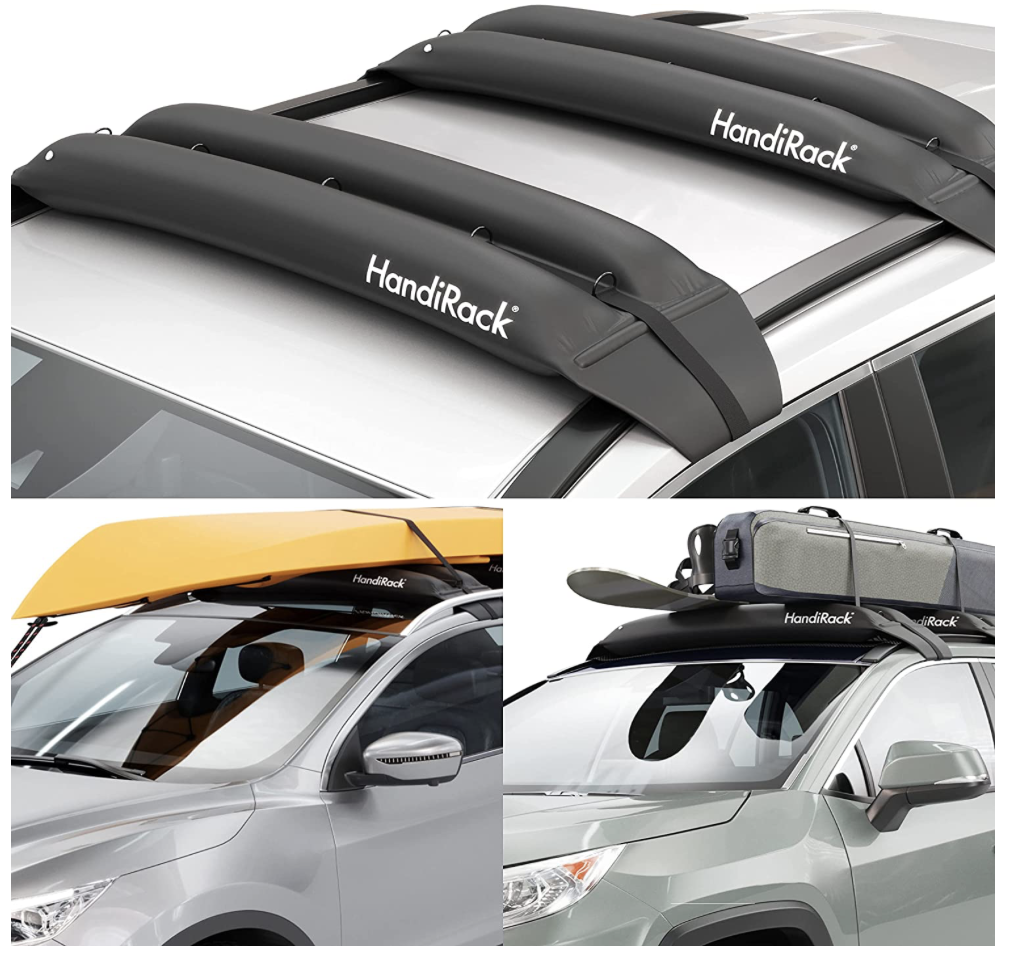


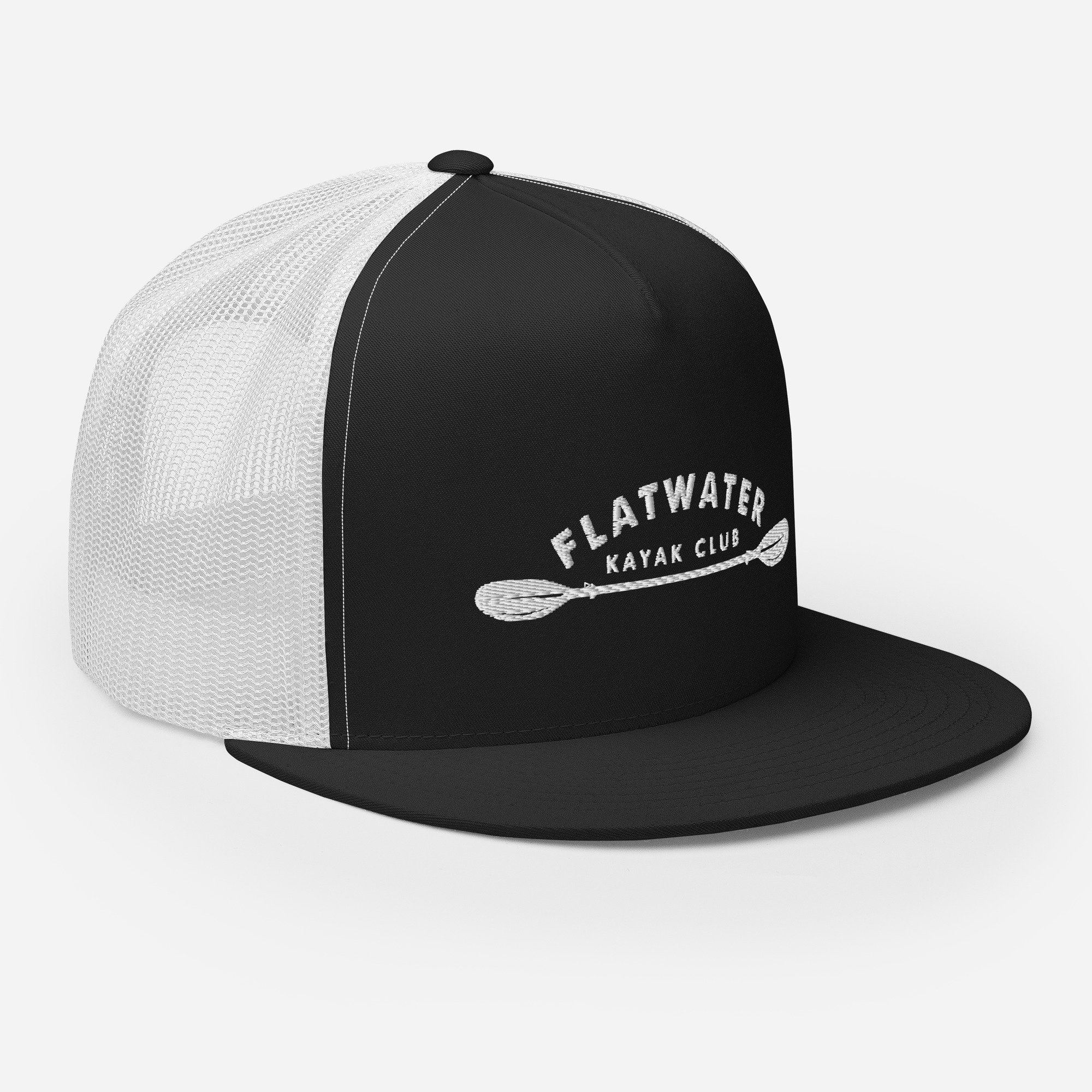
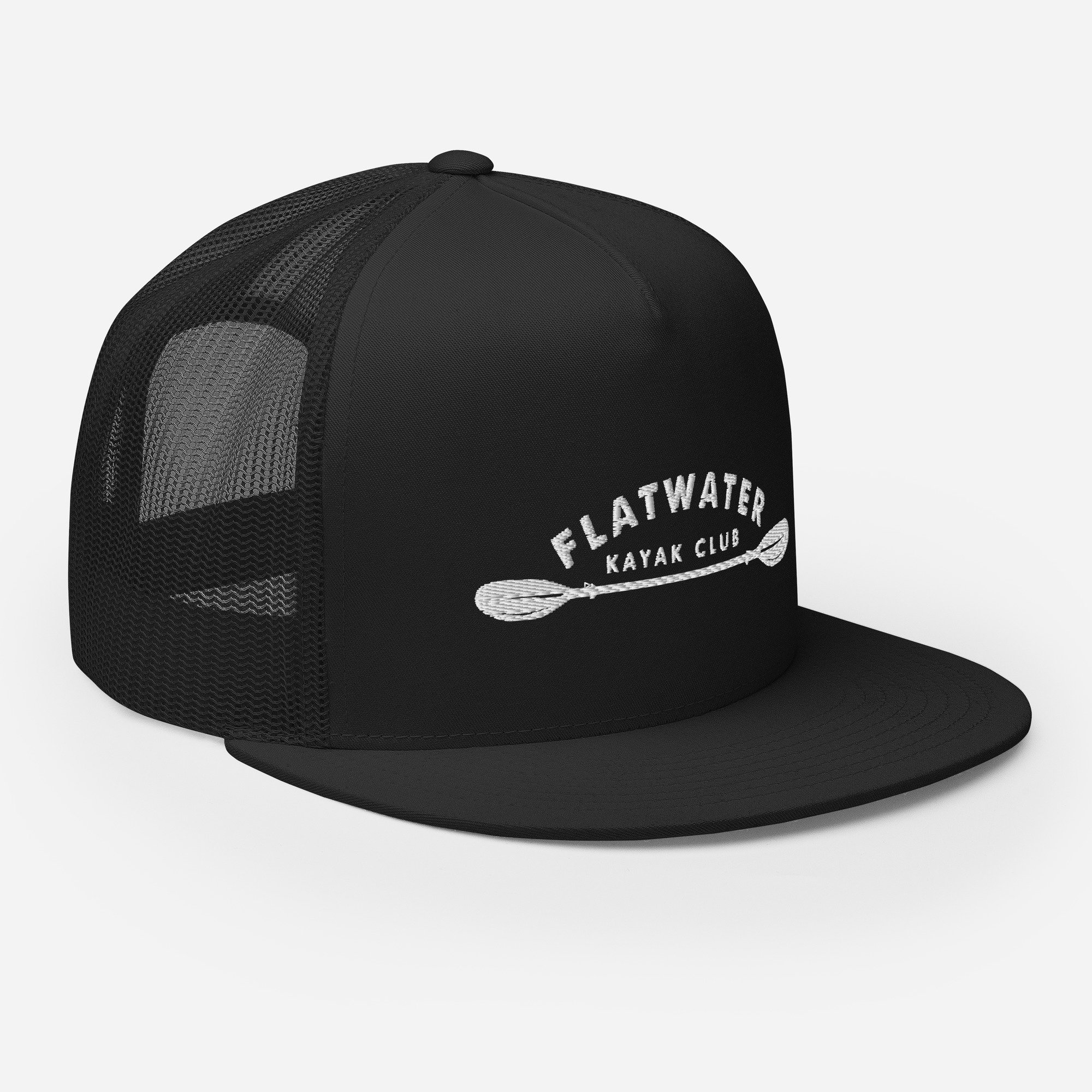
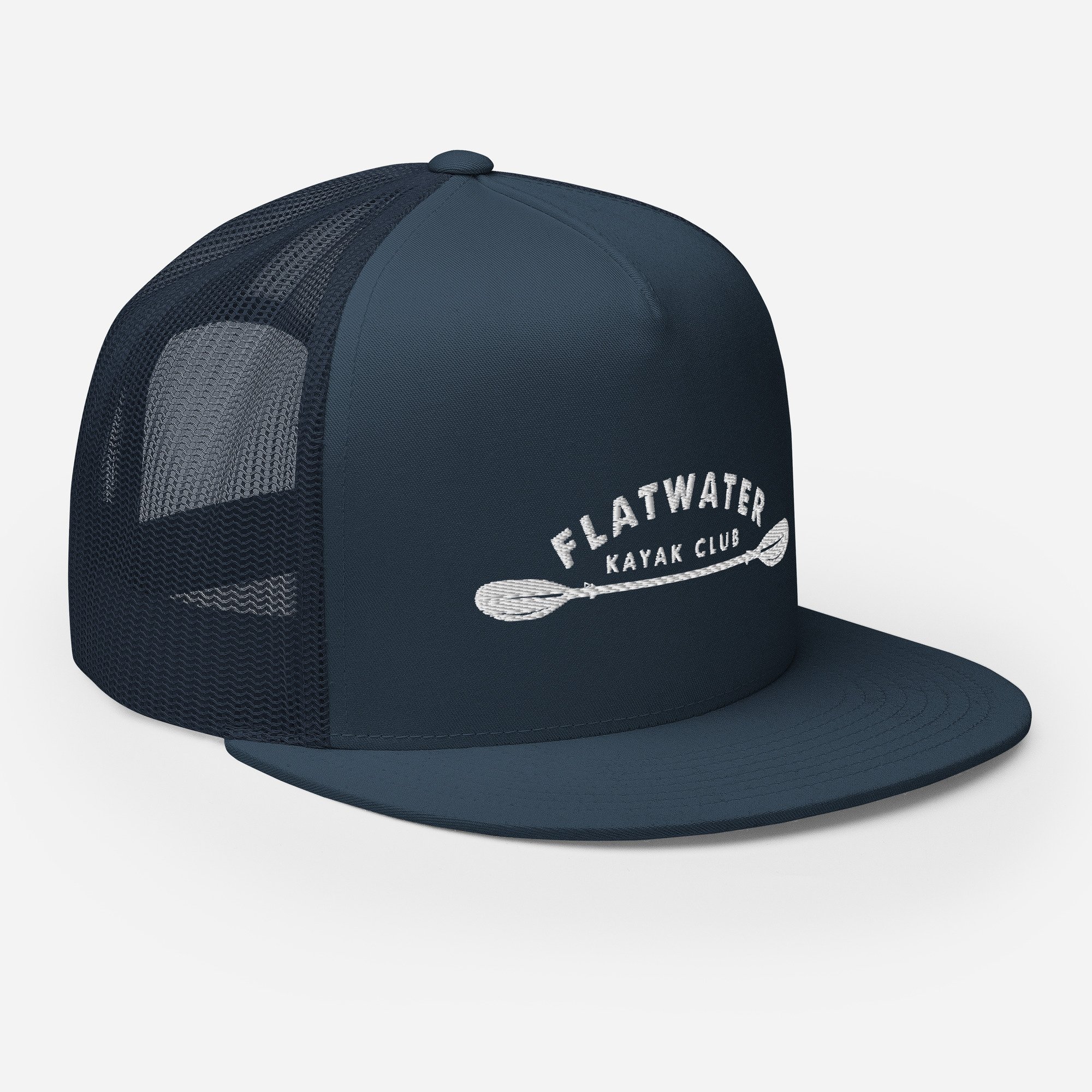
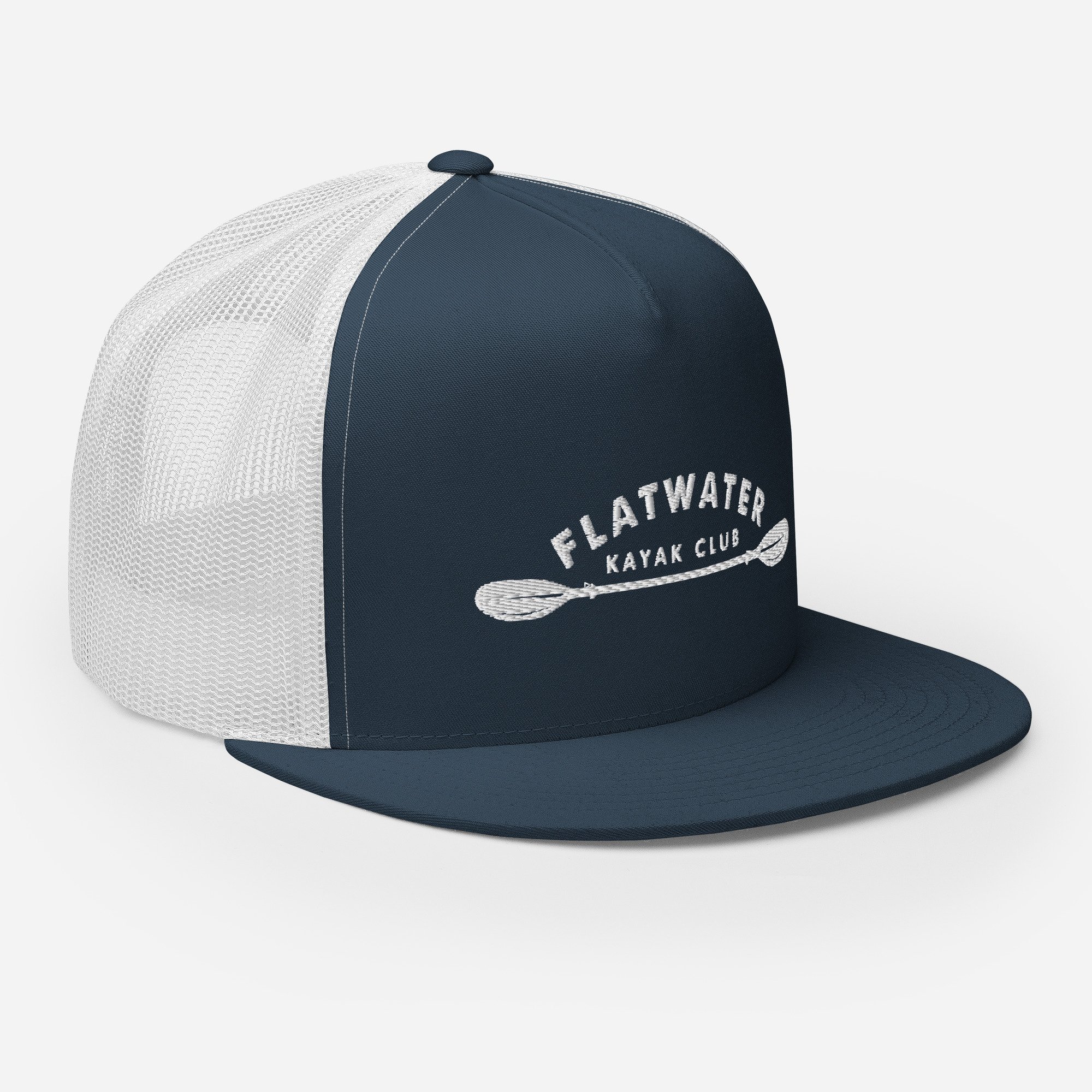

![RV, paddle & play at Blackwell Island RV Park, Coeur d’Alene, Idaho [REVIEW]](https://images.squarespace-cdn.com/content/v1/62c5c6be9225615a8d0231a9/8b7d2def-ed4b-4ee2-aaf7-9622e7cc19e8/Blackwell-Island-Idaho-CoeurDalene-KayakRentals.jpeg)
![Are Ombraz armless sunglasses worth the hype? [REVIEW]](https://images.squarespace-cdn.com/content/v1/62c5c6be9225615a8d0231a9/a5eb2fe8-d50d-4afc-bda9-a5a5bb3031c8/ombraz-sunglasses-flatwaterkayakclub-review.jpeg)
Check out photos of a charming houseboat cabin rental in Oregon for your next kayaking adventure.